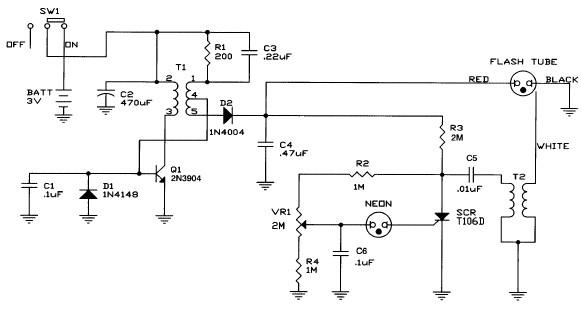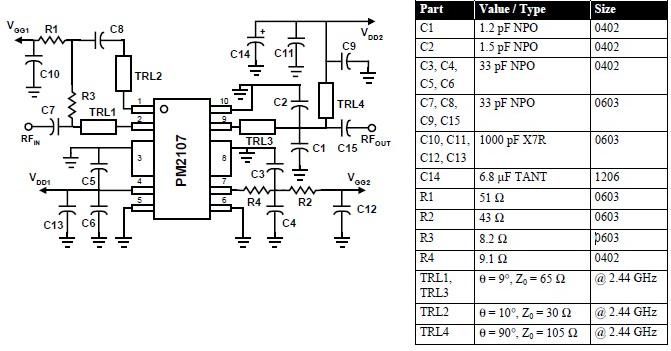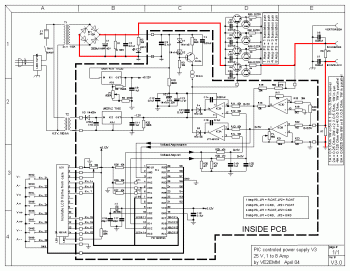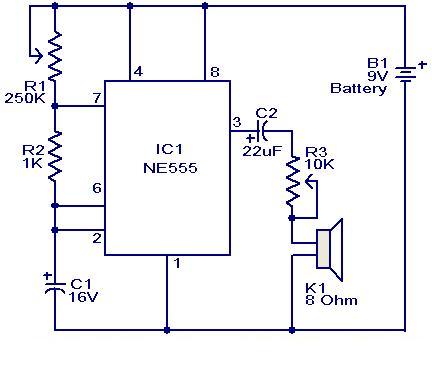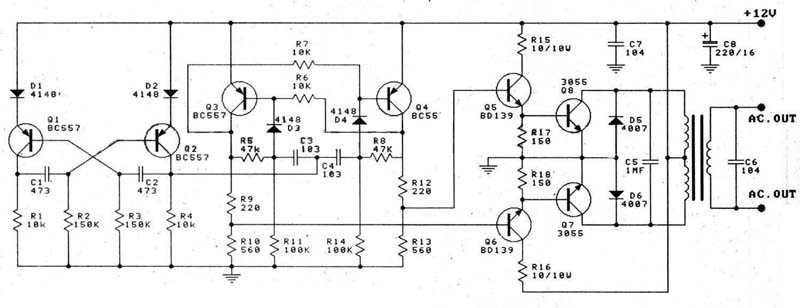
33kW and above windlass with Y- transfer power-saving circuit
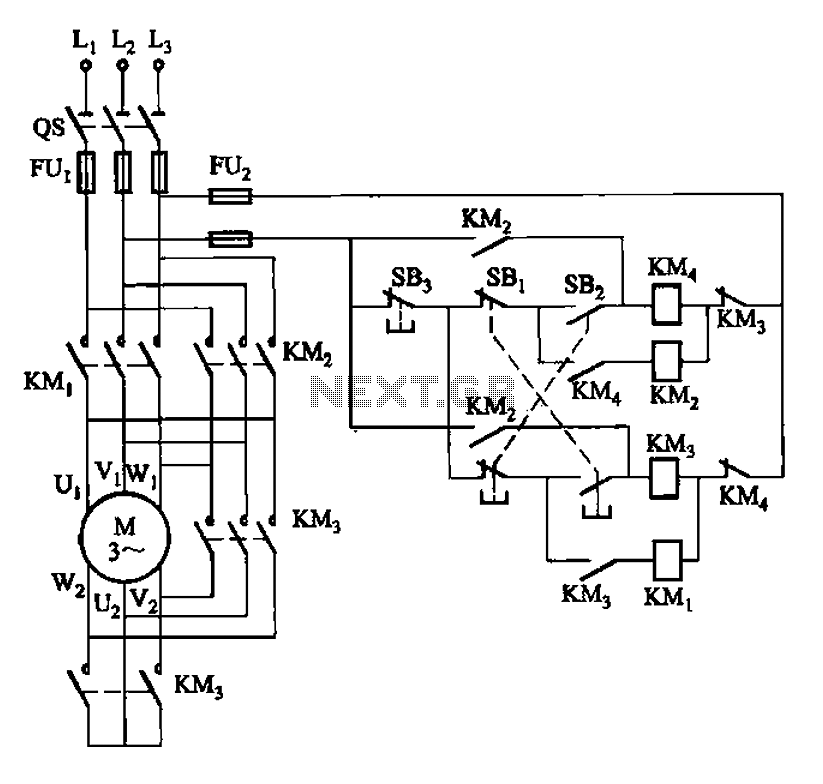
33 kW and above windlass with Y-conversion power-saving circuit
The circuit design for a windlass rated at 33 kW and above incorporates a Y-conversion power-saving mechanism. This design is crucial for optimizing the efficiency of the windlass, which is commonly used in marine applications for anchoring and mooring vessels.
The Y-conversion circuit enables the windlass motor to operate in a star (Y) configuration during startup, which reduces the initial inrush current and minimizes voltage drops in the system. Once the motor reaches a certain speed, the circuit can switch to a delta (Δ) configuration, allowing the motor to utilize its full power capacity for heavy lifting and hauling operations.
Key components of the circuit include contactors for switching between the Y and Δ configurations, a control relay to manage the transition based on motor speed, and protection devices such as circuit breakers to prevent overloads. The circuit may also incorporate a soft starter to further reduce mechanical stress and electrical surges during startup.
This power-saving circuit not only enhances the operational efficiency of the windlass but also contributes to energy conservation, making it an essential feature for modern marine equipment. Proper implementation of this circuit can lead to significant cost savings in energy consumption and improved performance in demanding marine environments.33kW and above windlass with Y- conversion power-saving circuit
The circuit design for a windlass rated at 33 kW and above incorporates a Y-conversion power-saving mechanism. This design is crucial for optimizing the efficiency of the windlass, which is commonly used in marine applications for anchoring and mooring vessels.
The Y-conversion circuit enables the windlass motor to operate in a star (Y) configuration during startup, which reduces the initial inrush current and minimizes voltage drops in the system. Once the motor reaches a certain speed, the circuit can switch to a delta (Δ) configuration, allowing the motor to utilize its full power capacity for heavy lifting and hauling operations.
Key components of the circuit include contactors for switching between the Y and Δ configurations, a control relay to manage the transition based on motor speed, and protection devices such as circuit breakers to prevent overloads. The circuit may also incorporate a soft starter to further reduce mechanical stress and electrical surges during startup.
This power-saving circuit not only enhances the operational efficiency of the windlass but also contributes to energy conservation, making it an essential feature for modern marine equipment. Proper implementation of this circuit can lead to significant cost savings in energy consumption and improved performance in demanding marine environments.33kW and above windlass with Y- conversion power-saving circuit
